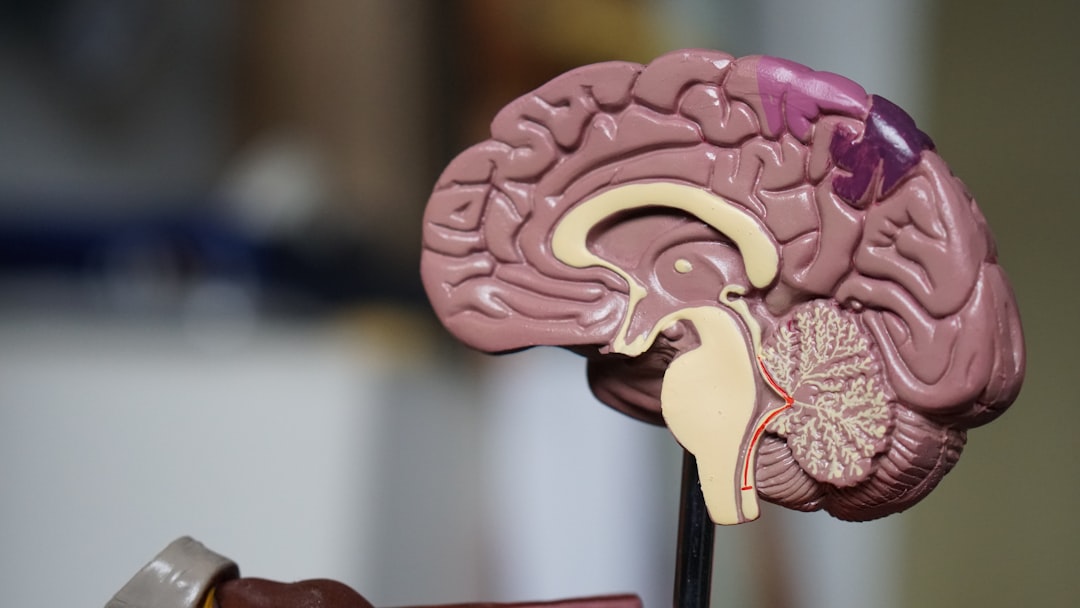What is it about?
In quantum mechanics, particles have both a corpuscular and wave nature. They are described by a wave function that determines their physical properties (e.g., electron spin or photon polarization) and establishes the probability with which a particle can be found in a region of space. Quantum coherence and entanglement are purely quantum phenomenon that allow quantum systems (e.g., qubits) to simultaneously exist in more states and exhibit unique correlations which play a decisive role in quantum information protocols, such as teleportation, quantum computing, cryptography, metrology and sensing. Quantum networks assembled for quantum-enhanced technologies are typically made of identical qubits, which are building blocks (particles) of the same species (such as photons, ions, atoms, electrons, superconducting Josephson junction devices). The particles existing in nature, in our three-dimensional world, are of two fundamental types: bosons (integer spin, like photons) and fermions (half-integer spin, like electrons). For a single quantum particle, quantum coherence manifests itself when the particle is found in a superposition of a reference basis of states. For many-particle compound systems, the physics underlying the emergence of quantum coherence is richer and strongly connected to the nature of the particles, with fundamental differences for nonidentical and identical particles. A particularly intriguing observation is that the states of identical particle systems can manifest coherence even when no particle resides in superposition states, provided that the wave-functions of the particles overlap. In general, a special contribution to quantum coherence arises thanks to the spatial indistinguishability of identical particles, which cannot exist for nonidentical (or distinguishable) particles. The problem to overcome is to harness and control this special contribution as an exploitable quantum resource. In fact, when identical particles spatially overlap they are not individually addressable. The way-out to this issue is the application of the so-called spatially localized operations and classical communication (sLOCC) to the particles [see PRL 120, 240403 (2018); Physics World: https://physicsworld.com/a/spatial-overlap-leads-to-useful-quantum-entanglement-say-physicists/]. In this article, the authors experimentally show how to use, in a controllable fashion, the contribution to quantum coherence stemming from the spatial indistinguishability of photons. Identical qubits are here encoded in the polarization degrees of freedom of the photons, while their spatial wave-functions are suitably distributed and overlapped in two separated operational sites. The setup is also capable to simulate fermionic behavior with photons, which are naturally bosons. The experiment enables the first direct proof, in the same apparatus, of the different role of particle statistics (bosons or fermions) in supplying coherence-enabled advantage for quantum metrology. In particular, a quantifiable advantage in a phase discrimination task is demonstrated with a different efficiency due to the bosonic or fermionic nature of the identical qubits involved.
Featured Image

Photo by Fractal Hassan on Unsplash
Why is it important?
The experiment provides the first direct evidence of the different role of the nature of identical quantum particles (bosons or fermions) in improving the performance of measurement processes of a given physical quantity. So, the work provides a novel contribution to quantum-enhanced metrology. In particular, the result demonstrates a clear quantum advantage over classical procedures in a process of discrimination of the phase of a signal, with a different efficiency if the qubits employed are bosons or fermions. Discriminating the phase of an electromagnetic signal with high precision, thanks to new quantum features, is important for sensors in general.
Perspectives
Open issues linked to future developments are connected to the scalability of the demonstrated two-photon setup and to its realizations in different experimental platforms. The work thus paves the way to further experimental investigations in various contexts, including real fermions. Ultimately, the results provide useful insights towards viable quantum-enhanced technologies based on controllable indistinguishability of identical building blocks.
Rosario Lo Franco
Universita degli Studi di Palermo
Read the Original
This page is a summary of: Activation of indistinguishability-based quantum coherence for enhanced metrological applications with particle statistics imprint, Proceedings of the National Academy of Sciences, May 2022, Proceedings of the National Academy of Sciences,
DOI: 10.1073/pnas.2119765119.
You can read the full text:
Contributors
The following have contributed to this page










